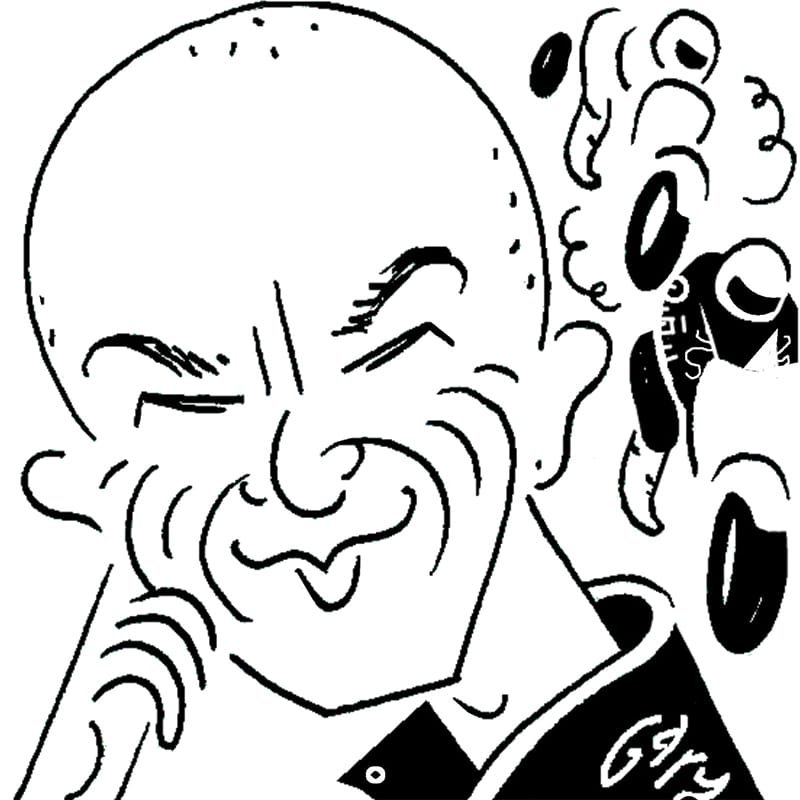KTM tie-up with Red Bull F1 team is bad news for MotoGP racing
During last summer’s British MotoGP round some unfamiliar faces were spotted within the Silverstone paddock. They were aerodynamicists from Red Bull Formula 1, come to talk with the Red Bull-backed KTM MotoGP team.
Downforce aerodynamics have been a growing presence in MotoGP since 2016, when Ducati adorned its Desmosedici with an array of winglets, designed to reduce wheelies and therefore increase acceleration.
In fact these weren’t the first wings seen on a grand prix motorcycle. In 1974 Giacomo Agostini experimented with winglets attached to his 500cc MV Agusta during the Belgian Grand Prix at Spa-Francorchamps. They were never seen again but a few years later Suzuki engineers tried strakes on Barry Sheene’s RG500, until they realised the strakes caused front tyres to overheat. MotoGP bikes remained wingless for the next 25 years or so.
The man who brought them back was Italian engineer Gigi Dall’Igna, who started his career in car racing. Dall’Igna graduated with a thesis on a carbon-fibre chassis for a Michelotto Ferrari Group C racing car.
Soon after that he got a job with Aprilia, helping the company win several 250cc and 125cc world championships, before taking control of its first MotoGP project in 2003.
Aprilia’s RS Cube, powered by a 990cc three-cylinder engine designed by Cosworth, was the first MotoGP bike to reach 200mph, during the Italian GP in 2000.
Dall’Igna knew that his motorcycle needed downforce to help keep the front tyre on the road at such speeds, for safety more than anything. But his riders weren’t keen.
“Gigi had me run his wings, which I hated because the bike was hard enough to turn without them, but they did improve stability at the end of the Mugello straight,” recalls Jeremy McWilliams who raced the Cube in 2004, finishing the season in 19th.
Only when Dall’Igna moved to Ducati in 2014 did he have enough budget to fully investigate downforce aero. And MotoGP hasn’t been the same since.
“I’d been convinced since the beginning of my career in motorcycle racing that aerodynamics was something that hadn’t been developed enough,” says Dall’Igna. “But I didn’t have the competence to develop my ideas in a proper way, because it’s complicated, more complicated than car aerodynamics. So when I started working for Ducati I thought this was something we need to push forward in order to win again, because when your riders arrive 30 seconds behind the winner you have to take risks – you cannot be conservative.”
Ducati’s MotoGP project was in a deep hole when Dall’Igna arrived and step by step he dug Ducati out of that hole.
“Downforce is spoiling the racing in MotoGP as it’s done in
Formula 1”
“If you look at the data you can easily understand that wheelies are one of the main problems in MotoGP, so if you want to improve your lap times you have to do something to reduce wheelies,” Dall’Igna adds. “At some tracks like Jerez the horsepower of the engine means nothing, but with wings you can start to use the power.”
As Dall’Igna and his engineers delved deeper into the science of aerodynamics they discovered all kinds of other ways to improve performance. Increasing front downforce doesn’t only reduce wheelies, it improves front grip, so the bike brakes and turns better. And then last year Ducati added Formula 1-style diffusers to the Desmosedici’s lower bodywork to improve overall traction.
This year Aprilia equipped its RS-GP MotoGP bike with a ground-effect fairing, which precisely fits the concept explained to me by former F1 engineer John Barnard, who briefly worked in MotoGP in the early 2000s.
“Aerodynamics in lean is an interesting aspect,” Barnard told me in 2011. “Because when you’re talking about 60 degrees of lean you’ve got a lot of fairing close to the ground, so what’s that doing and what could it do is another question.”
It happens that Aprilia’s MotoGP project is managed by former Ferrari F1 sporting director Massimo Rivola, who knew who to call when he wanted to improve downforce aero.
This is all clever and impressive, except that downforce aerodynamics is spoiling the racing in MotoGP as it’s done in Formula 1, because once you get into the partial vacuum created by the motorcycle ahead, your own bike won’t stop, turn or accelerate as well. So all of a sudden you have less performance than the rider you’ve been catching. Unless he makes a mistake you’ve got little chance of overtaking.
No wonder that several manufacturers in MotoGP, including KTM, want downforce aero at least reduced.
“We see this from a sporting point of view – it’s making the races boring,” says KTM’s MotoGP project manager Sebastian Risse. “Also, aero makes the bikes much faster, so we believe it doesn’t serve the safety aspect either.”
Nevertheless until the regulations are changed KTM and Red Bull can only look forward to spending more money on technology they don’t want.
“Our MotoGP bike will look very different next year,” Risse adds. “Working with the Red Bull F1 guys is about merging their know-how with our know-how to get the best out of each. It’s easier to work with people who already have the knowledge than it is to build up our own and without a doubt Red Bull F1 knows more about this area of performance than we do.”
Mat Oxley has covered motorcycle racing for many years – and also has the distinction of being an Isle of Man TT winner
Follow Mat on Twitter @matoxley













































































































































































































